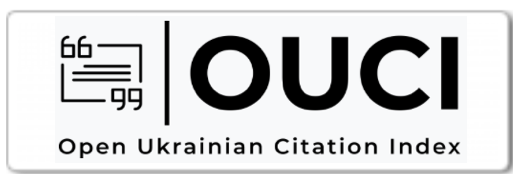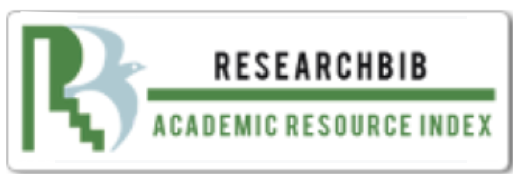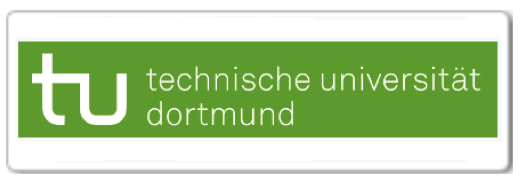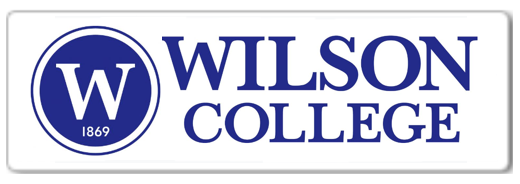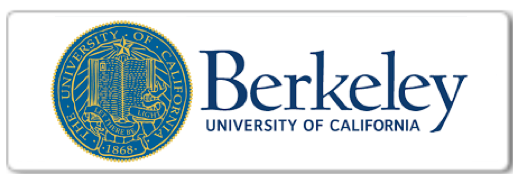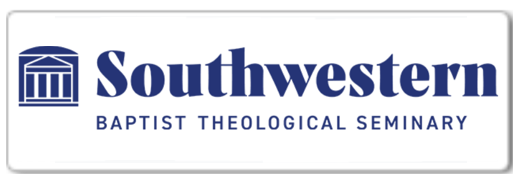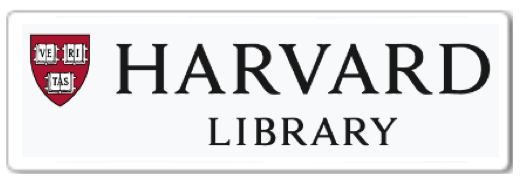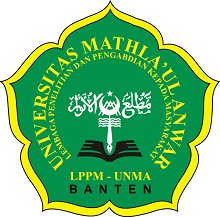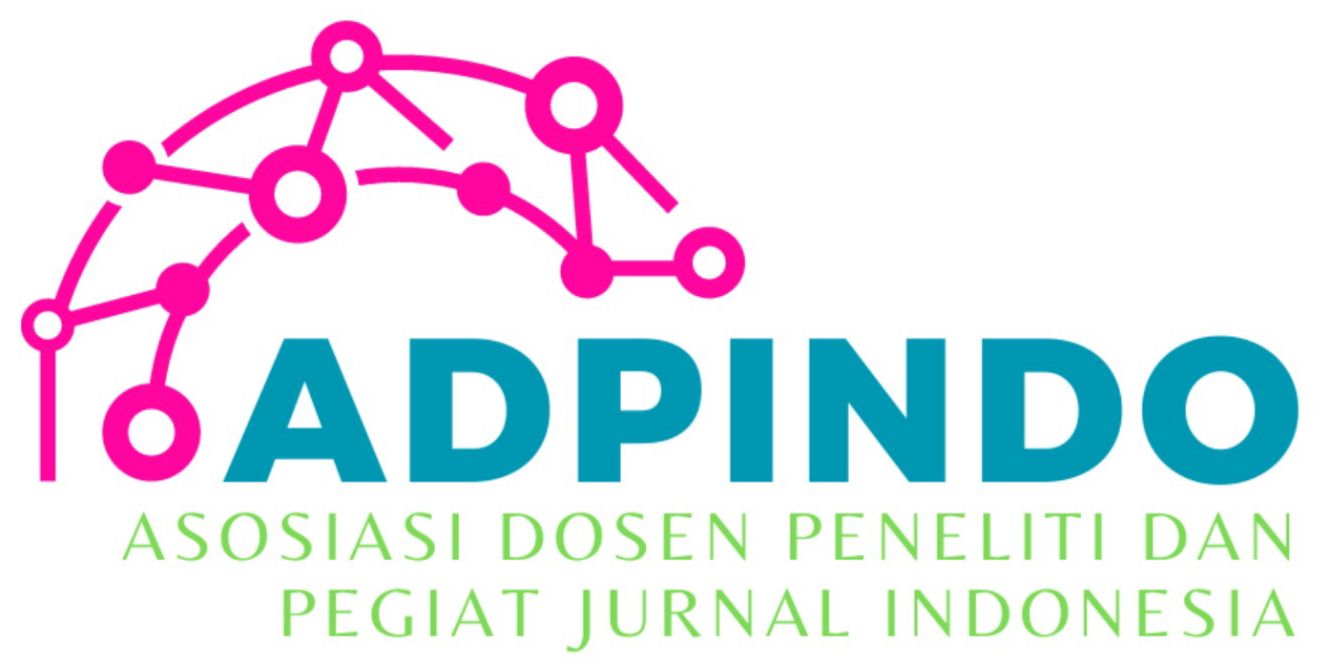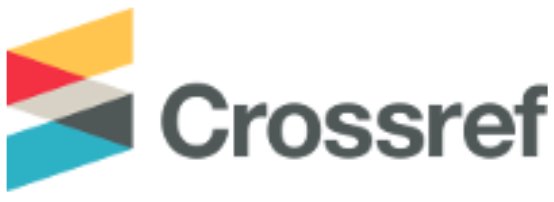ANALYSIS OF LOCAL CULINARY CONSUMPTION ON THE ATTRACTIVENESS OF CULINARY TOURISM IN THE SURYA KENCANA AREA OF BOGOR
Main Article Content
Gabriella Aimee Kristyadi
Dewanta Facrureza
Currently, local culinary in Indonesia is popular and a highlight for tourists. Local cuisine is no less interesting than other culinary that looks more interesting. Each region has its own distinctive culinary. Local cuisine does not only serve food or drinks, but local cuisine offers many uniqueness and various culinary flavors. One of the things that provide the most memorable experience for tourists is when tourists come and taste the typical culinary of tourist areas, either eating on the spot or to take home as souvenirs. This research method uses a descriptive qualitative approach. Data collection is taken by conducting interviews, observations and documentation. The purpose of the study was to determine the relationship between local culinary consumption and the attractiveness of culinary tourism in the Surya Kencana Area of Bogor. Local culinary consumption in this study includes five dimensions, namely the influence of food ingredients, the influence of cooking techniques, distinctive tastes, food traditions and rituals and cultural heritage. The subjects of this study are tourists who are interested in coming or have visited the Surya Kencana Bogor Area. Based on the results of interviews, the interviewees showed that the data collected proved that the typical culinary of Bogor City in the Surya Kencana Area of Bogor is a culinary tourism center that attracts tourists to visit.
Agustin, N., Kanom, K., & Darmawan, R. (2020). Analisis Potensi Wisata Kuliner Ikan Bakar Sebagai Daya Tarik Wisata di Pantai Blimbingsari Banyuwangi. Jurnal Inovasi Penelitian, 1(6), 1211-1222. https://doi.org/10.47492/jip.v1i6.211
Arif, M, (2019). Pola Konsumsi Masyarakat Nelayan Konsep dan Analisis: Studi Atas Rumah Tangga Nelayan Muslim Kabupaten Langkat. Depok: PT. Raja Grafindo Persada
Ariyanti, M. dan Suhartanto, D. 2019. Peran Media Sosial dalam Membangun Brand Image Kuliner Kota Surakarta. Jurnal Pariwisata Terapan, 3(2):81-92.
Cohen, E., & Avieli, N. (2004). Food in tourism - Attraction and impediment. Annals of Tourism Research, 31(4), 755†“778. https://doi.org/10.1016/j.annals.2004.02.003
Getz, D., Robinson, R., Andersson, T., & Vujicic, S. (2014). Foodies and food tourism. Oxford: Goodfellow Publishers Limited
Gyimóthy, S., & Mykletun, R. J. (2009). Scary food: Commodifying culinary heritage as meal adventures in tourism. Journal of Vacation Marketing, 15(3), 259†“273. https://doi.org/10.1177/1356766709104271
Hall, C. M. and Mitchell, R. (2001). Wine and food tourism. In Special Interest Tourism: Context and Cases.
Hanum, N. 2017. Analisis Pengaruh Pendapatan Terhadap Perilaku Konsumsi Mahasiswa Universitas Samudra di Kota Langsa. Jurnal Samudra Ekonomika
Hennink, M., Hutter, I., & Bailey, A. (2020). Qualitative research methods. SAGE Publications Limited
I Gusti Bagus Rai Utama (2016), Pengantar Industri Pariwisata, Deepublish, Yogyakarta.
Kartika, Titing, dkk. (2018). Strategi Pengembangan Daya Tarik Dago Tea House Sebagai Alternatif wisata Budaya Di Jawa Barat. The Journal: Tourism and Hospitality Essentials Journal. 8,2 (2018), https://doi.org/10.17509/thej.v8i2.13746
Krisnadi, A. R. (2018). Gastronomi Makanan Betawi Sebagai Salah Satu Identitas Budaya Daerah, National Conference of Creative Industry: Sustainable Tourism for Economic Development, 385.
Lesmana, A.C., & Astuti, N. A. (2018). Perayaan Pesta Nelayan Sebagai Daya Tarik Wisata Dalam Mempromosikan Pariwisata di Palabuhanratu Sukabumi. The Journal: Tourism and Hospitality Essentials Journal. 8 (2). 89 - 98.
Lestari, Lily Arsanti., Puspota Mardika Lestari., Fasty Arum Utami. 2014. Kandungan Zat Gizi Makanan Khas Yogyakarta. Gadjah Mada University Press: Yogyakarta.commit to us
Marwanti, 2000. Pengetahuan Masakan Indonesia. Adicita Karya Nusa, Yogyakarta
Muliani, L. (2019). Potensi Bubur Ase Sebagai Daya Tarik Wisata Kuliner Jakarta. Destinesia, Jurnal Hospitaliti dan Pariwisata, 50-56.
Narbuko, C., & Achmadi, A. (2013). Metodologi Penelitian. Jakarta: Bumi Aksara.
Nicholas Ryan Aditya, silvita Agmasari. (2019). Pariwisata Indonesia dan Budaya Makan, Apa Hubungannya? Source: Pariwisata Indonesia dan Budaya Makan, Apa Hubungannya? (kompas.com) (diakses tanggal 17/4/2024)
Patton, Michael Quinn. 2009. Metode Evaluasi Kualitatif. Yogyakarta: Pustaka Pelajar, hal. 41
Pearson, D., Henryks, J., Trott, A., Jones, P., Parker, G., Dumaresq, D., & Dyball, R. (2011). Local food: Understanding consumer motivations in innovative retail formats. British Food Journal, 113(7), 886†“899. https://doi.org/10.1108/00070701111148414
Pieniak, Z., Verbeke, W., Vanhonacker, F., Guerrero, L., & Hersleth, M. (2009). Association between traditional food consumption and motives for food choice in six European countries. Appetite, 53(1), 101†“108. https://doi.org/10.1016/j.appet.2009.05.019
Ramadhan Truyadi Bempah, (2016). Pemkot Bogor Tetapkan jalan Suryakencana sebagai Kawasaan "Heritage". Diambil dari https://regional.kompas.com/read/2016/02/10/18531271/Pemkot.Bogor.Tetapkan.Jalan.Suryakencana.sebagai.Kawasan.Heritage
Roflin, E., Liberty, I. A., & Pariyana. (2021). Populasi, Sampel, Variabel Dalam Penelitian Kedokteran (Moh. Nasrudin (ed.)). PT. Nasya Expanding Management
Sari, I. W. (2018). Pengaruh Citra Destinasi, Daya Tarik Wisata, Electronic Word of Mouth terhadap Kepuasan Melalui Keputusan Berkunjung.
Sedarmayanti, G. S. (2018). Pembangunan dan Pengembangan Pariwisata. Bandung: Refika.
Siregar, .2015. Metode Penelitian Kuantitatif. Jakarta: Prenadamedia Group
Siregar, S. (2017). Metode Penelitian Kuantitatif Dilengkapi Dengan Perbandingan Perhitungan Manual dan SPSS. Jakarta: Kencana.
Sugiyono. (2019). Metodelogi Penelitian Kuantitatif dan Kualitatif Dan R&D. Bandung: ALFABETA.
Syarifuddin, D., M. Noor, C., & Rohendi, A. (2018). Memaknai kuliner lokal sebagai daya tarik wisata Kota Bandung. Abdimas, 1(1), 4–8.
Syarifuddin, Didin, M. Noor, Chairil, Rohendi, Acep (2018). Memaknai Kuliner Lokal sebagai Daya Tarik Wisata Kota Bandung.
Wulandari, Endang. Annisa Retno Utami, dan Titik Purwanti. (2019). Daya Tarik Wisata Kuliner di Kota Bandung (Studi Kasus Pada Wisata Kuliner Dago). Jurnal Education and Economics, 2(03), 389-394


















